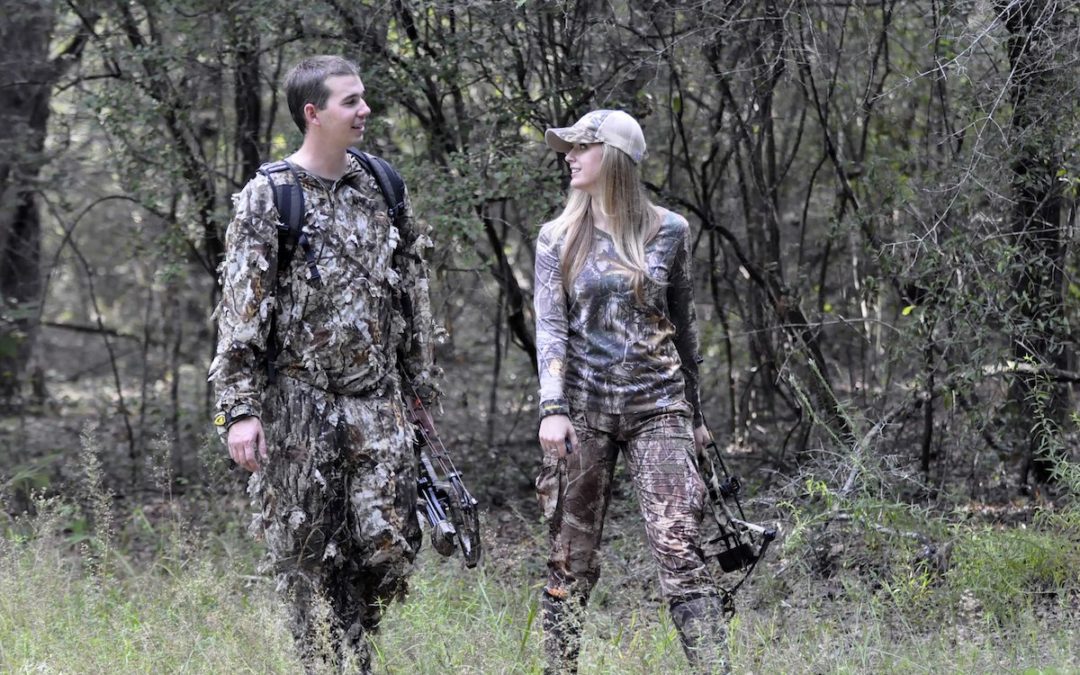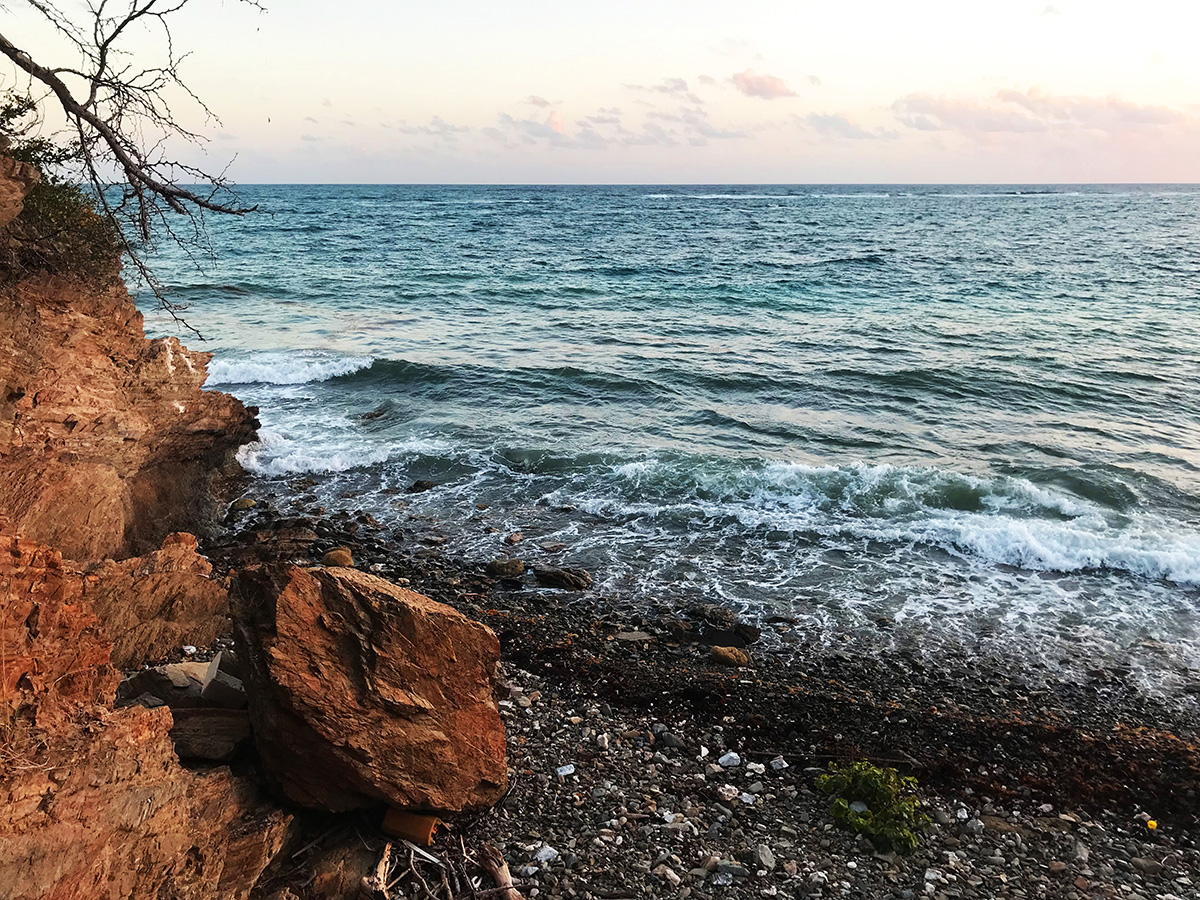New annual bag limit for deer
“There is now a five-deer annual bag limit, of which no more than two may be antlerless. This applies to all hunters and is the maximum number of deer that any one hunter may take in the state throughout the entire deer hunting season,” said Cory Morea, FWC biologist and deer management program coordinator.
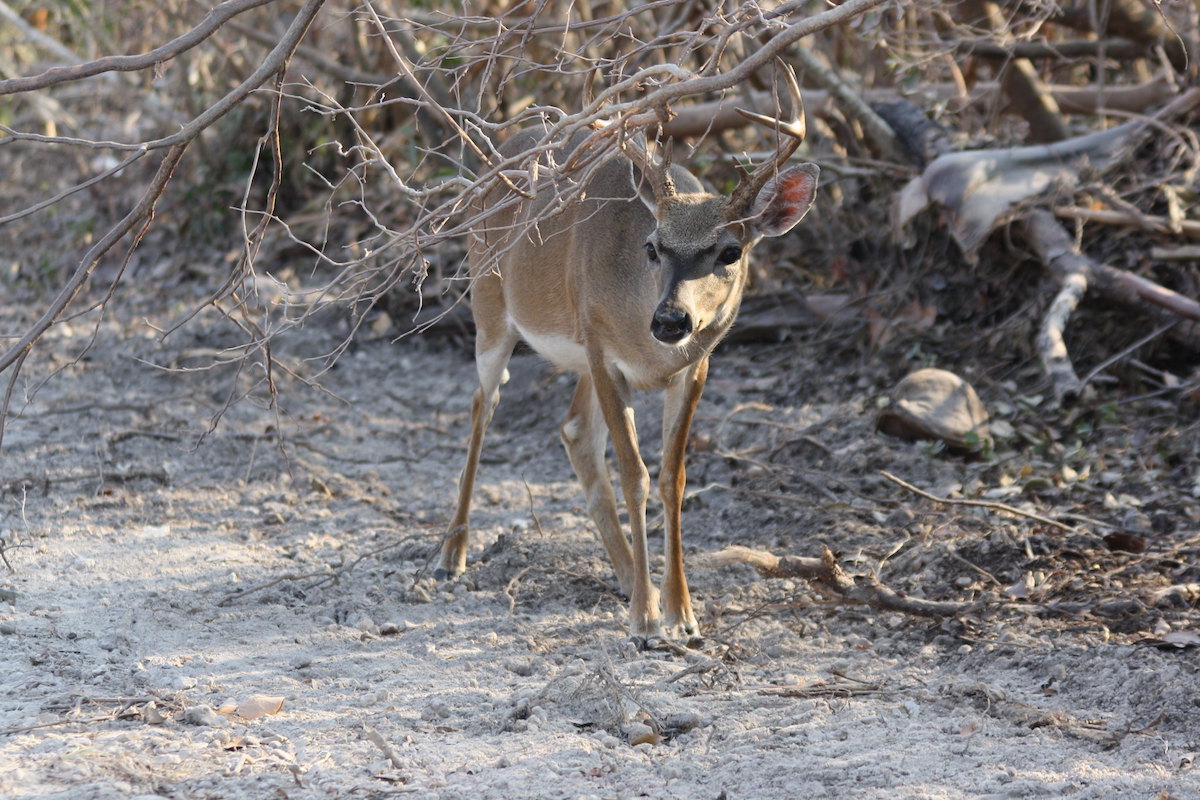
FWC photo by Carol Lyn Parrish copy
Deer harvested on licensed game farms/hunting preserves and those taken through the deer depredation program, private lands deer management program, and antlerless deer program permits do not count as part of a hunter’s five-deer annual bag limit. However, antlerless deer taken on wildlife management areas using antlerless deer quota permits/tags do count toward a hunter’s five deer (of which two may be antlerless) annual bag limit.
“This annual bag limit was developed through extensive collaboration with staff and stakeholders and aligns with the goals and objectives outlined in our Commission-approved strategic plan for deer management,” Morea said. “It is intended to improve hunting opportunities by encouraging harvest among more hunters as well as greater selectivity while helping maintain a healthy and reasonably balanced deer herd.”
Until now, Florida was the only state in the Southeast without a specified annual bag limit.
New harvest reporting requirement for deer hunters
All hunters, regardless of age or license requirement, must now log their harvested deer prior to moving the deer from the point where the hunter located it. They can do so using the new FWC Deer Harvest Reporting App or a paper deer harvest log.
The app is called “Survey123 for ArcGIS” and can be downloaded for free onto a mobile device, such as a smartphone or tablet, from the Apple App Store, Google Play Store or Amazon AppStore. At MyFWC.com/HarvestReport, hunters can learn how to find and download the app and install the FWC Deer Harvest Report Form. In addition, there’s a separate set of instructions for using the app. Once a hunter inputs the required data in the app and successfully submits the harvest record, a confirmation number will be saved in the hunter’s “sent” folder within the app, and the log/reporting process is complete. If no cell service or Wi-Fi is available, the harvest record will be saved in the “outbox” folder and the hunter may send the report once service is available.
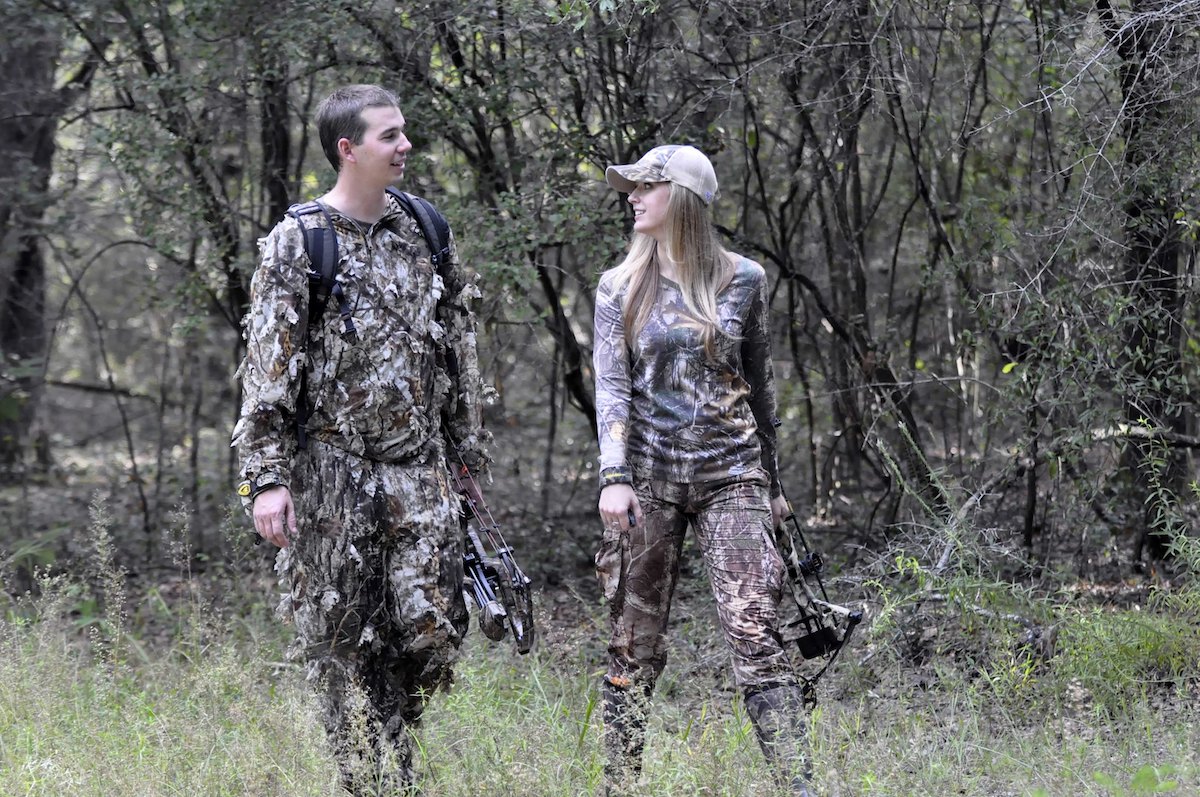
FWC photo: Tim Donovan
If hunters do not have a mobile device or, if hunters prefer, they may choose to log their harvest on a paper deer harvest log. The FWC provides a courtesy deer harvest log that hunters can print from MyFWC.com/HarvestReport. If hunters use a paper harvest log, they will need to report their harvest by either calling the toll-free Deer Harvest Reporting Hotline at 844-392-DEER (3337) between 8 a.m. – 8 p.m. ET or by using the FWC Deer Harvest Reporting App. A confirmation number will be given once successful submission is completed, and hunters must write that number on their paper harvest log to complete the harvest reporting process.
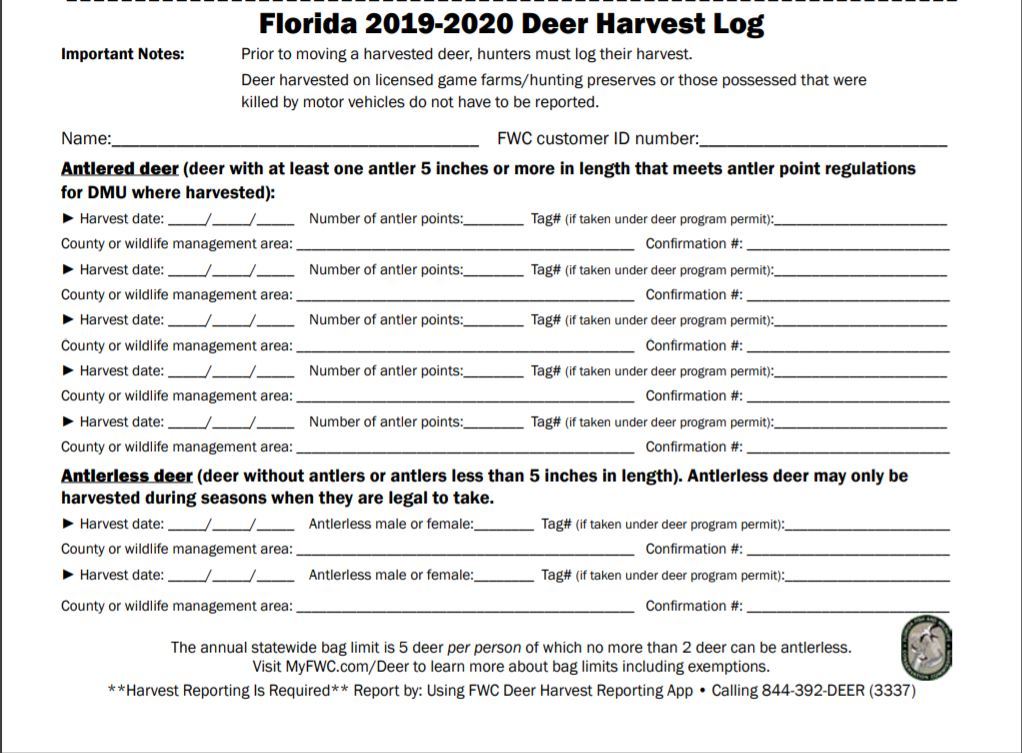 The reporting step must be done within 24 hours of harvest, before final processing of the deer, before any of the deer is transferred to a meat processor or taxidermist, or before leaving the state with the deer.
The reporting step must be done within 24 hours of harvest, before final processing of the deer, before any of the deer is transferred to a meat processor or taxidermist, or before leaving the state with the deer.
Deer harvested on licensed game farms/hunting preserves or those possessed that were killed by motor vehicles do not have to be reported.
“When hunting deer, hunters are encouraged to keep their harvest log or mobile device with them to avoid delays in moving their harvested deer,” Morea said.
Having an FWC customer ID number is helpful when reporting a harvested deer. Hunters exempt from license requirements who do not have a customer ID number can obtain one by going to GoOutdoorsFlorida.com and clicking “Create Customer Account” before going hunting.
“The harvest reporting system will foster bag-limit compliance and give us another source of deer harvest data,” Morea said. “In addition, we will continue conducting our annual hunter phone survey after the end of each season.”
Change to youth APR exemption
Youth age 15 and younger are now limited to harvesting only one antlered deer annually that does not meet deer management unit antler point regulations, so long as it has an antler that is at least 5 inches in length.
“Our deer hunting stakeholders believe limiting youth to one antlered deer annually that doesn’t meet antler point regulations will allow more youth to be able to see and harvest antlered deer, while developing a better understanding of DMU antler regulations,” Morea said.
WMAs that don’t require a quota permit
Florida has one of the largest WMA systems in the country at nearly 6 million acres and offers a wide range of hunting opportunities from quota/limited entry hunts, special-opportunity hunts and walk-on areas. There are nearly 60 public hunting areas statewide where hunters don’t need a quota permit to hunt some or all of the archery season. If you didn’t apply or get drawn for an archery quota hunt, you can still find hunting opportunities at WMAs that don’t require a quota permit by visiting MyFWC.com/WMAbrochures.
Season dates by zone
Archery and crossbow seasons in Zone A opened Aug. 3 and ran through Sept. 1 and Sept. 6, respectively. In Zone C, archery and crossbow seasons open Sept. 14. Archery and crossbow seasons in Zone B start Oct. 19. And in Zone D, archery and crossbow seasons begin Oct. 26.
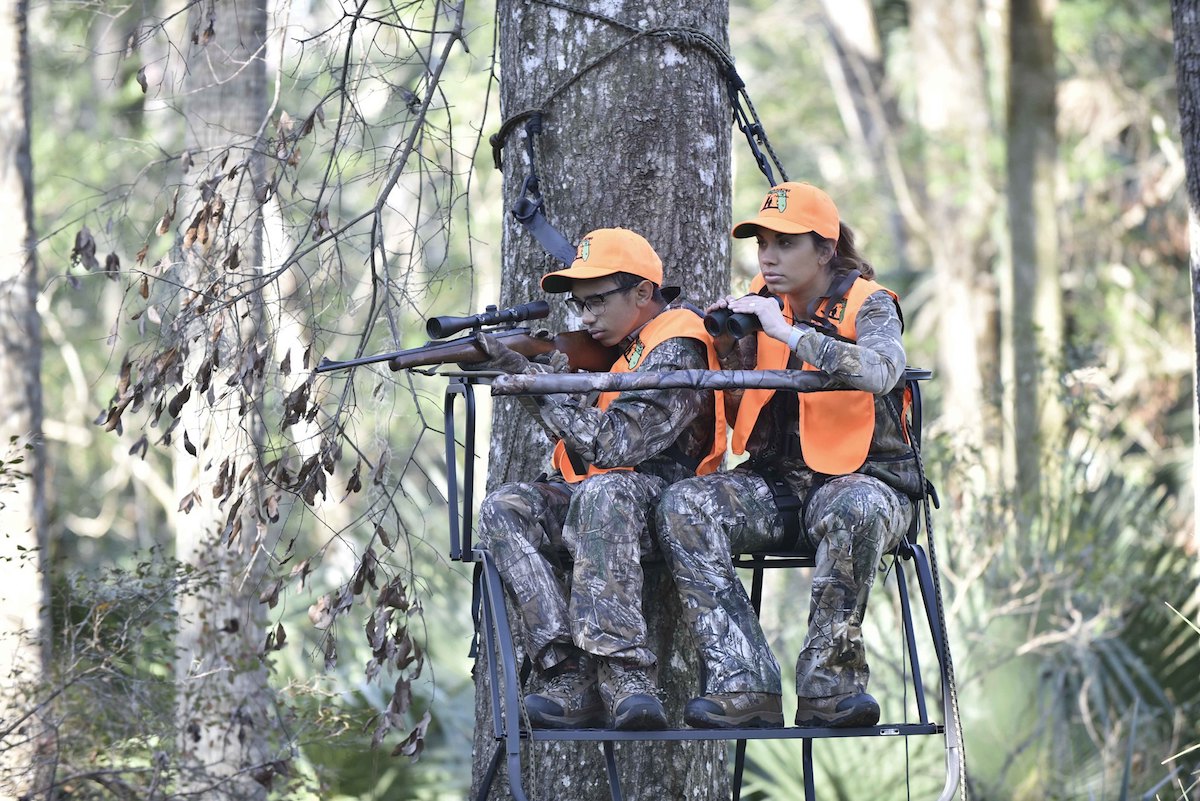
FWC photo by Tim Donovan
Legal to take
During archery season and that part of crossbow season that runs concurrent with archery, you may harvest legal-to-take antlered deer (as defined by the regulations for the DMU in which you’re hunting) and antlerless deer, which are deer with less than 5-inch antlers. However, no antlerless deer may be taken in DMU A1, and antlerless deer may only be taken during archery and crossbows seasons Aug. 3-11 in DMU A2 and Aug. 3-18 in DMU A3.
Beginning this year, a new rule requires all antlerless deer taken on private lands receiving antlerless deer tags be tagged, even if they are harvested during days when antlerless deer are legal during the season.
After archery ends, during the remaining portion of the crossbow season, you may only harvest legal-to-take antlered deer according to the specific DMU antler rules. The daily bag limit for deer is two, and bag limits for deer on WMAs can differ, so check the specifics of the area before you hunt.
You may hunt wild hogs on private lands year-round with no bag or size limits. On most WMAs, there’s also no bag or size limits, and hogs are legal to take during most hunting seasons except spring turkey. But on a few WMAs, bag and size limits do apply, so to be certain, check the brochure for the specific area.
In addition to hunting big game, it’s also legal to shoot gobblers and bearded turkeys during archery and crossbow seasons. You may take two turkeys in a single day on private lands, but the two-bird combined fall-season limit still applies. The daily bag is one on WMAs, however, on many of them, you may take hen turkeys during the archery season. It’s against the law to shoot turkeys while they’re on the roost, when you’re within 100 yards of a game-feeding station when bait is present or with the aid of recorded turkey calls. It’s also unlawful to hunt turkeys in Holmes County in the fall.
Additional regulations you need to know
All bows must have a minimum draw weight of 35 pounds, and hand-held releases are permitted. For hunting deer, hogs and turkeys, broadheads must have at least two sharpened edges with a minimum width of 7/8 inch.New this year, bows equipped with electronic computational (rangefinders) or light projection (laser) sights are allowed during archery season.
As far as legal shooting hours, you’re allowed to let your arrow fly between a half-hour before sunrise and a half-hour after sunset. Except for turkeys, you’re permitted to take resident game over feeding stations on private property. It’s against the law to feed or use bait on WMAs.
You may not use dogs to hunt deer or turkeys during archery season, but you may use bird dogs if you’re quail hunting. However, you may use a dog on a leash to help you trail any wounded game.
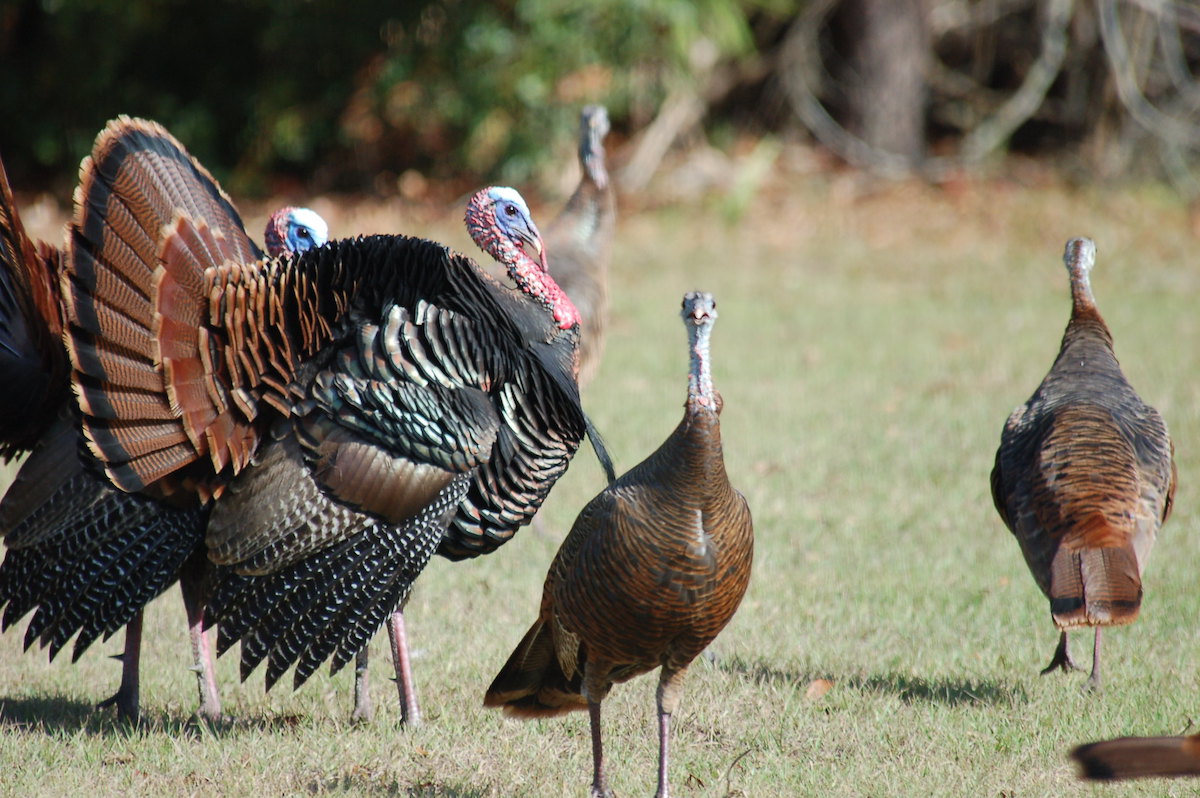
FWC photo by Chad Weber copy
License and permit requirements
Before you go, make sure your license and required permits are up to date. To hunt during archery season, you may hunt only with a bow and you must have a Florida hunting license and an archery permit. During crossbow season, you may use either a crossbow or bow, but you must have a crossbow permit along with your hunting license. On WMAs, only hunters with a persons-with-disabilities crossbow permit are allowed to use crossbows during archery season.
If you’re a Florida resident, an annual hunting license costs $17. Nonresidents have the choice of paying $46.50 for a 10-day license or $151.50 for 12 months. Archery and crossbow permits are $5 each, deer hunters must have the $5 deer permit and, if you’re hunting turkeys, you need a turkey permit ($10 for residents, $125 for nonresidents).
Anyone planning on hunting one of Florida’s many WMAs must purchase a management area permit for $26.50. And don’t forget to study up on the rules and regulations for the area you wish to hunt. You can download these brochures at MyFWC.com/WMAbrochures.
You can obtain all the licenses and permits you’ll need online at GoOutdoorsFlorida.com or at a county tax collector’s office, at retail outlets that sell hunting and fishing supplies, or by calling 888-HUNT-FLORIDA.

